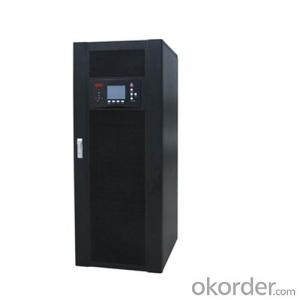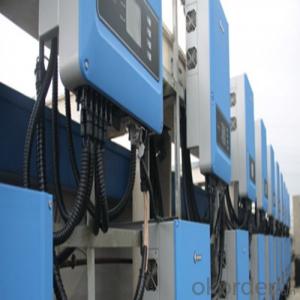Approved Solar Power Inverter 3000w 24V Pure Sine Wave
- Loading Port:
- Shanghai
- Payment Terms:
- TT OR LC
- Min Order Qty:
- 2 pc
- Supply Capability:
- 3000 pc/month
OKorder Service Pledge
OKorder Financial Service
You Might Also Like
Performance Characteristics
· 1. Suitable for all electrical equipments
· 2. Large LCD display for more detailed content
· 3. CPU controlled; fast transfer time
· 4. Intelligent battery management, prolonging the service life of the battery
· 5. Complete protection function, high reliability
· 6. Can provide high current charge
· 7. Can match different types of batteries
· 8. Disassembled LCD box which can make the operation in a distance of 15 meters
Product introduction
EP series is sine wave low frequency inverter, which is specifically designed for home appliances. It is equipped with a big LCD screen so all information is displayed in detail, which makes it more convenient to use. Charging current of the inverter is adjustable from 5A to 45A and you can also select different charging voltage to charge different types of batteries so batteries are under great protection.
Our Service
Samples
Samples are Available for Testing and Market Test.
Warranty
We provides warranty against defects in materials and workmanship for its Uninterruptible power supply, Power inverter/chargers including inverter12v 24v 48V, Solar charge controllers (“Product”).
OEM Service
OEM service is strictly based on the ISO9001 ISO14001 quality assurance system. The TOP involves the effective teamwork of departments from Sales, R&D, and Engineering, purchasing, production & QA, assuring a high quality product and prompt delivery for customers. The standardization of our quality system and the quality stability has earned us the trust of our customers for 12 years.
We have 10 sets of automatic insertion equipments, ICT PCB testing equipments, ATE automatic testing center and aging workshop for all products. Monthly output of UPS series exceeds 200,000. We have been offering OEM service for over 12 years.
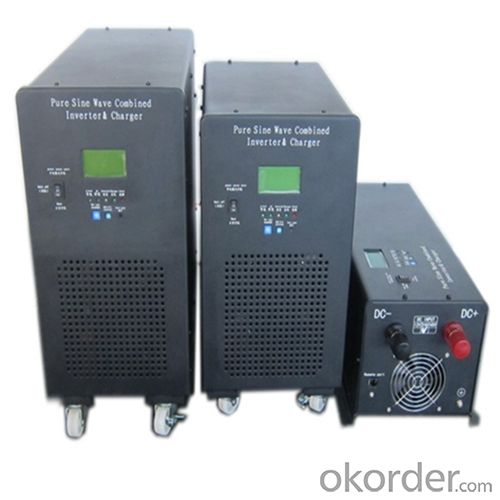
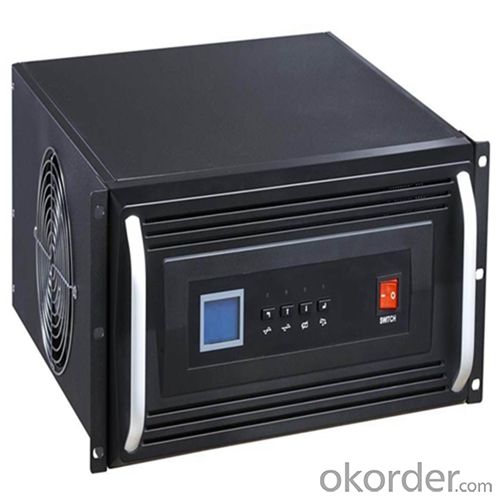
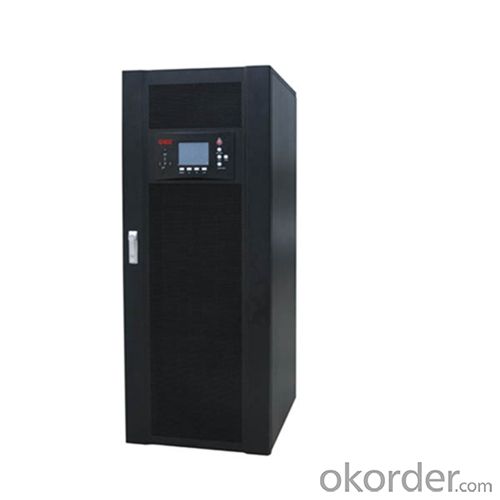
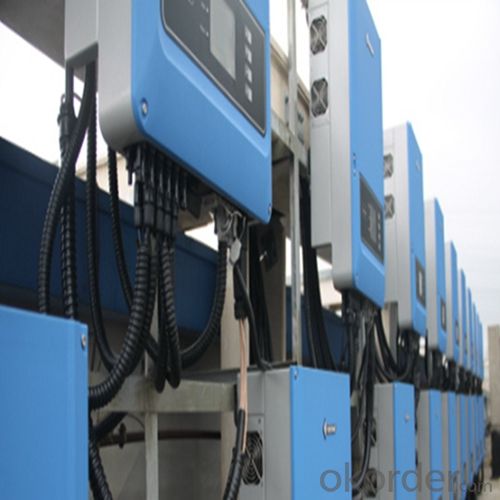
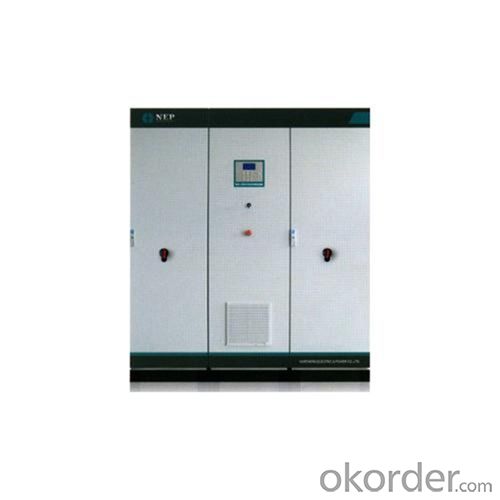
Specifications
Input | |
Input Voltage Range | 182-265VAC |
Output | |
Input Voltage Range | Batt.Mode:50±0.3Hz Mode:48-54Hz(50Hz) or 58-64Hz,Same as AC |
Output Wave Form | Sine Wave (Batt,mode) |
Transfer Time | 10ms(Typical) |
FAQ:
Q: Do you have the CE, TUV, UL Certification?
A: We’ve already passed all the tests, and any certificate is available.
Q: Have you ever sold your products to companies in my country?
A: Of course, we have customers in all general PV markets, but I think we should expand our market share along with the market growth.
Q: When did your company set up? You are a new company, how can I believe your quality?
A: We entered into Solar PV industry in 2005, now we have several plants in manufacturing of a-Si and c-Si panels, and our capacity is 220MW per year. Till now we have already passed all the tests by authorized laboratories, e.g. TUV, CE, UL.
Q: Can you help us install the module if we cooperate with you?
A: We haven’t entered into installation sector, but we have the plan in near future.
Q: How do you pack your products?
A: We have rich experience on how to pack the panels to make sure the safety on shipment when it arrives at the destination.
Q: Can you do OEM for us?
A: Yes, we can.
Q: Can we visit your factory?
A: Surely, I will arrange the trip basing on your business schedule.
- Q:What is the role of a power factor correction circuit in a solar inverter?
- The role of a power factor correction circuit in a solar inverter is to improve the power quality and efficiency of the inverter by reducing the reactive power and improving the power factor. This circuit ensures that the energy from the solar panels is effectively converted and delivered to the electrical grid, leading to a more stable and efficient operation of the solar inverter system.
- Q:How do you choose the right size of solar inverter for a solar power system?
- When choosing the right size of solar inverter for a solar power system, it is important to consider the maximum power output of your solar panels. The inverter should have a capacity that matches or slightly exceeds the maximum power output of the panels to ensure optimal performance. Additionally, the inverter's voltage and current ratings should be compatible with the solar panels and other system components. Consulting with a solar professional or installer can help determine the appropriate size of inverter based on your specific system requirements.
- Q:What is the role of a solar inverter in a utility-scale system?
- The role of a solar inverter in a utility-scale system is to convert the direct current (DC) electricity produced by the solar panels into alternating current (AC) electricity that can be used by the electrical grid. It ensures the compatibility between the solar power generated and the grid's requirements, including voltage, frequency, and power quality. Additionally, solar inverters often have monitoring and control functions, allowing for remote monitoring and optimization of the system's performance.
- Q:How does shading affect the performance of a solar inverter?
- Shading can significantly impact the performance of a solar inverter as it reduces the amount of sunlight reaching the solar panels. When panels are partially shaded, they generate less power, which in turn affects the output of the inverter. If a significant portion of the panels are shaded, the inverter may not be able to operate optimally or may even shut down. To overcome shading issues, technologies like bypass diodes or micro-inverters can be used, which minimize the impact of shading on overall system performance.
- Q:Can a solar inverter be used with a smart home system?
- Yes, a solar inverter can be used with a smart home system. Many modern solar inverters have the capability to integrate and communicate with smart home systems through protocols such as Wi-Fi, Bluetooth, or Zigbee. This integration allows users to monitor and control their solar energy production, consumption, and other related parameters using their smart home system's interface or mobile app.
- Q:Can a solar inverter be used with a solar water heating system?
- No, a solar inverter cannot be directly used with a solar water heating system. A solar inverter is specifically designed to convert the direct current (DC) electricity generated by solar panels into alternating current (AC) that can be used to power household appliances or fed into the grid. On the other hand, a solar water heating system utilizes the sun's energy to heat water directly, without the need for an electrical conversion process. Therefore, they are two distinct technologies with different purposes and cannot be directly combined.
- Q:Can a solar inverter be used with different types of grid connection standards?
- Yes, a solar inverter can be used with different types of grid connection standards. Solar inverters are designed to convert the direct current (DC) produced by solar panels into alternating current (AC) that is compatible with the electrical grid. They are versatile and can be programmed to work with various grid connection standards, such as single-phase or three-phase systems, different voltage levels, and frequency requirements. This allows solar inverters to be used in a wide range of grid configurations, making them adaptable to different regions and grid infrastructure.
- Q:What are the potential risks of overcharging a battery connected to a solar inverter?
- Overcharging a battery connected to a solar inverter can lead to several potential risks. Firstly, it can cause excessive heat buildup in the battery, which can lead to reduced battery life and even damage the internal components. Secondly, overcharging can cause electrolyte leakage or gas buildup within the battery, increasing the risk of explosion or fire hazard. Additionally, overcharging can result in the release of toxic gases, such as hydrogen, which can be harmful if not properly ventilated. Finally, overcharging can also have an adverse effect on the overall efficiency of the solar system, as excess energy is wasted during the charging process.
- Q:Can a solar inverter be used in a smart grid system?
- Yes, a solar inverter can be used in a smart grid system. A solar inverter is an essential component that converts the direct current (DC) generated by solar panels into alternating current (AC) that can be used to power electrical devices. In a smart grid system, the solar inverter plays a crucial role in integrating renewable energy sources, such as solar power, with the grid. It allows for bidirectional flow of electricity, enabling excess energy generated by solar panels to be fed back into the grid and distributed to other consumers. Additionally, advanced smart grid systems can incorporate communication and control capabilities into solar inverters, enabling real-time monitoring, optimized energy management, and grid stability enhancement.
- Q:How does a solar inverter handle frequency variations in the grid?
- A solar inverter handles frequency variations in the grid through its built-in control mechanisms. It continuously monitors the frequency of the grid and adjusts its own output accordingly to match the grid frequency. This ensures that the solar inverter remains synchronized with the grid and allows for seamless power transfer between the two.
1. Manufacturer Overview |
|
|---|---|
| Location | |
| Year Established | |
| Annual Output Value | |
| Main Markets | |
| Company Certifications | |
2. Manufacturer Certificates |
|
|---|---|
| a) Certification Name | |
| Range | |
| Reference | |
| Validity Period | |
3. Manufacturer Capability |
|
|---|---|
| a)Trade Capacity | |
| Nearest Port | |
| Export Percentage | |
| No.of Employees in Trade Department | |
| Language Spoken: | |
| b)Factory Information | |
| Factory Size: | |
| No. of Production Lines | |
| Contract Manufacturing | |
| Product Price Range | |
Send your message to us
Approved Solar Power Inverter 3000w 24V Pure Sine Wave
- Loading Port:
- Shanghai
- Payment Terms:
- TT OR LC
- Min Order Qty:
- 2 pc
- Supply Capability:
- 3000 pc/month
OKorder Service Pledge
OKorder Financial Service
Similar products
New products
Hot products
Hot Searches
Related keywords



